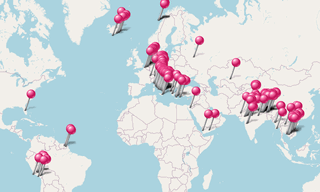The Etruscan civilisation is the modern name given to a civilisation of ancient Italy in the area corresponding roughly to Tuscany, western Umbria, and northern Lazio. The ancient Romans called its creators the “Tusci” or “Etrusci”. Their Roman name is the origin of the terms Tuscany, which refers to their heartland, and Etruria, which can refer to their wider region. As distinguished by its unique language, this civilization endured from before the time of the earliest Etruscan inscriptions (700 BC) until its assimilation into the Roman Republic in the late 4th century BC.
At its maximum extent, during the foundational period of Rome and the Roman Kingdom, Etruscan civilisation flourished in three confederacies of cities: of Etruria, of the Po Valley with the eastern Alps, and of Latium and Campania. Culture, that is identifiably Etruscan, developed in Italy after about 800 BC approximately over the range of the preceding Iron Age Villanovan culture. The latter gave way in the 7th century BC to a culture that was influenced by ancient Greece, Magna Graecia, and Phoenicia. After 500 BC, the political destiny of Italy passed out of Etruscan hands.
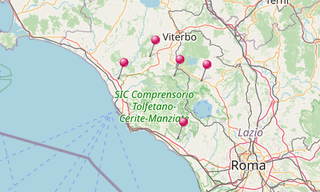
.hero.landscape.jpg)
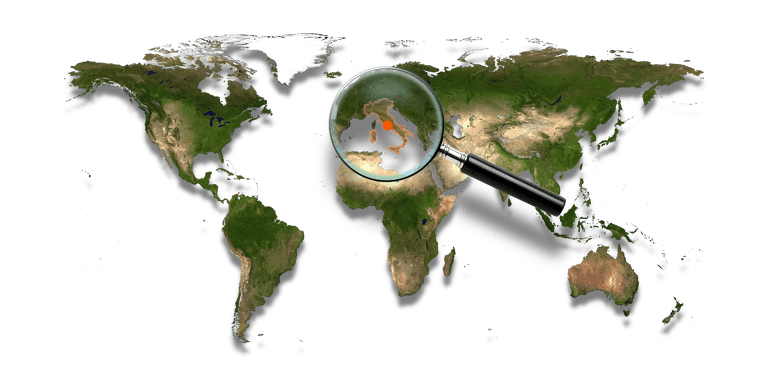
.hero.jpg?w=320)
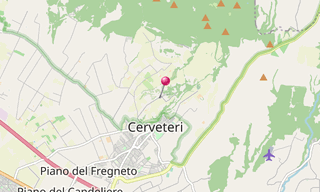
.hero.jpg?w=320)
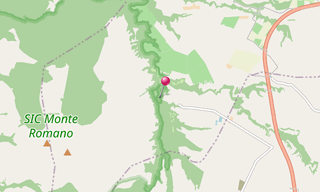
.hero.jpg?w=320)
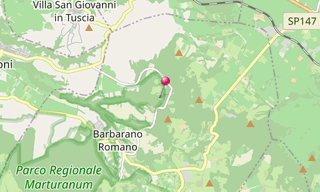
.hero.jpg?w=320)
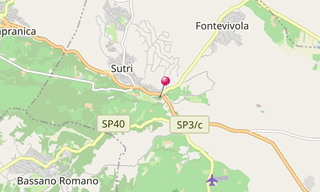
.hero.jpg?w=320)
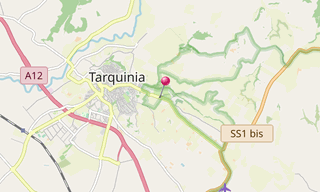
-Street-art/Schlachthof-(Munich)-(278)-Street-Art.hero.jpg?w=320)
